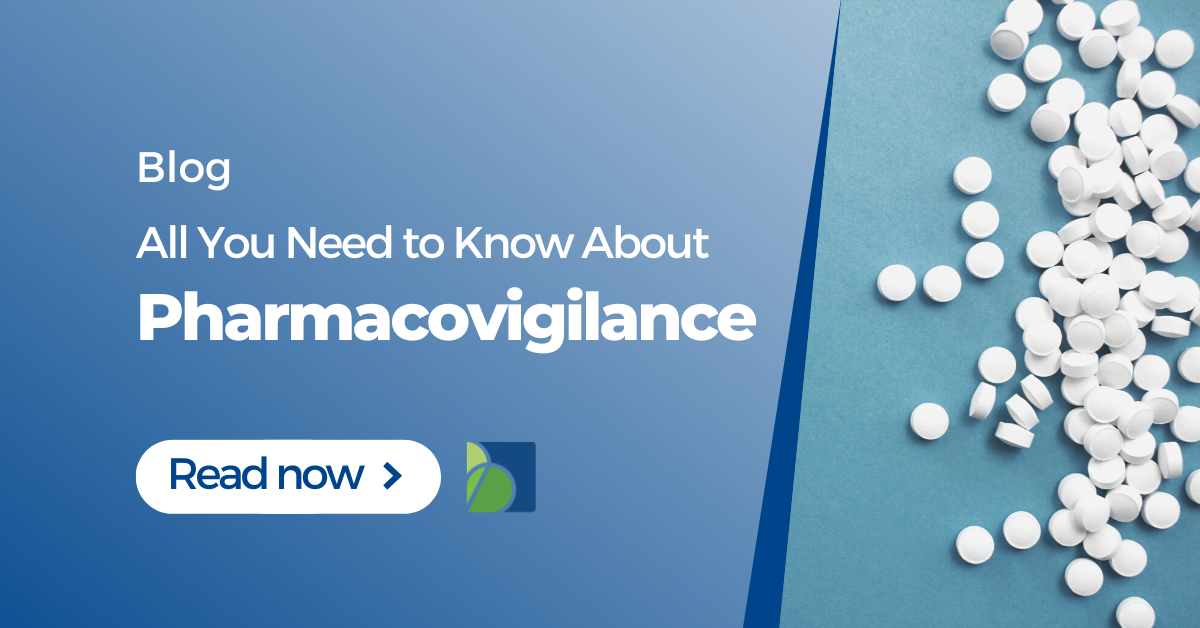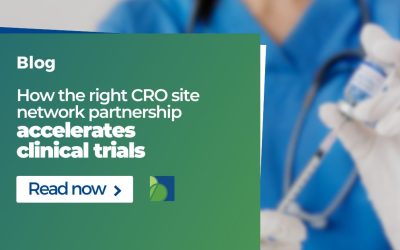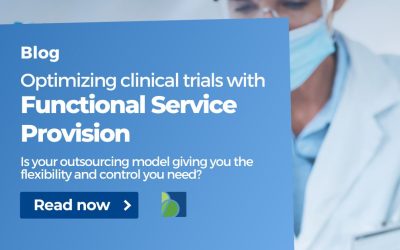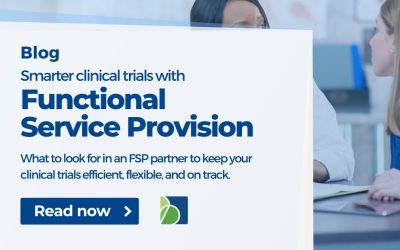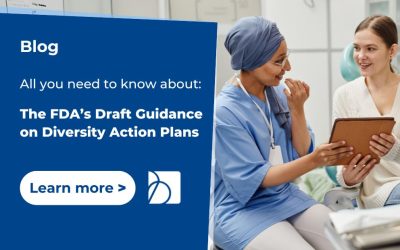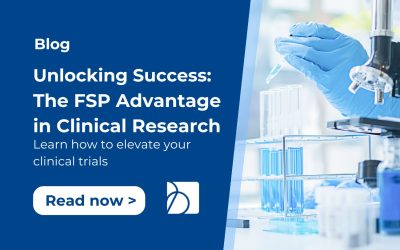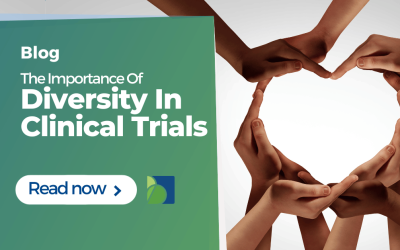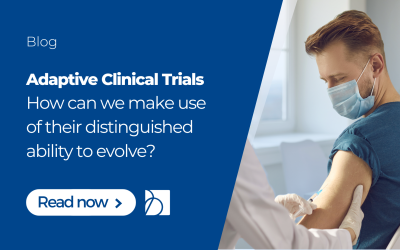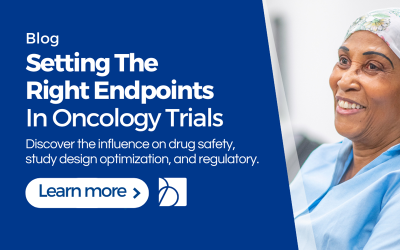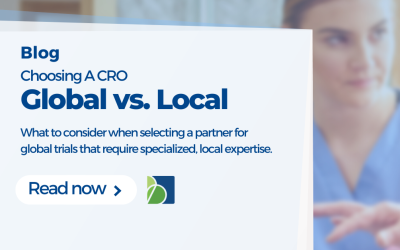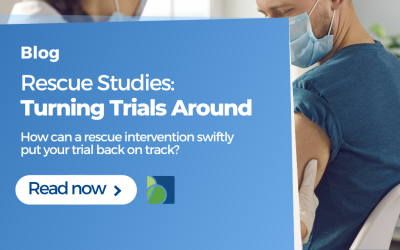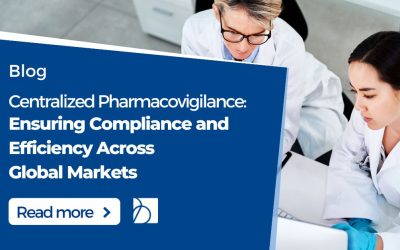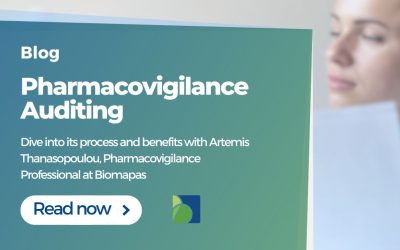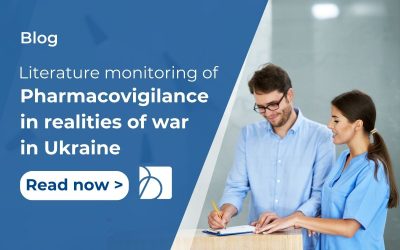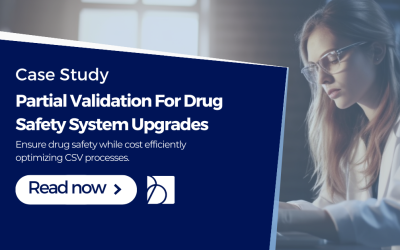Pharmacovigilance is the process of monitoring the safety and effectiveness of medications. The term was introduced in the early 1970s and evolved to include a broader range of activities. It’s vital to ensure that patients have access to safe and effective drugs and that manufacturers make the right choices when creating drug products. This article provides you with all the basics you need to understand Pharmacovigilance.
What is Pharmacovigilance?
Pharmacovigilance is the monitoring of the safety of medicines. Pharmacovigilance is the science and activities associated with detecting, assessing, understanding, and preventing adverse effects or any other medicine-related problem.
It is essential because it helps to identify and understand the risks associated with medicines. It also helps to ensure that medicines are used safely and effectively.
Why Is Pharmacovigilance Important?
Thousands of drugs have already been withdrawn from markets after discovering severe side effects, so it’s crucial to ensure that new medicines are safe and effective. Pharmacovigilance is vital because it helps ensure that drugs are safe for patients. By tracking adverse events and other safety concerns, Pharmacovigilance helps identify potential safety issues with drugs and allows for steps to mitigate these risks. This ultimately protects patients from harm and ensures they access safe and effective medications.
Besides patient safety, Pharmacovigilance also has secondary benefits:
A better understanding of the drug’s safety profile
Pharmacovigilance can help better understand a particular medication’s safety profile. We can use this information to make safer decisions when prescribing that medication in advance.
Reduced risk of drug abuse and diversion
Pharmacovigilance can help to identify any potential issues with a medication that could lead to its abuse or diversion.
Reduced risk of product liability lawsuits
Pharmacovigilance can help detect potential medication problems before they cause severe injury or death. This information can help to prevent future product liability lawsuits.
When Should Pharmacovigilance Be Applied?
Pharmacovigilance should be applied when a new drug or therapy is studied and introduced to the market. This allows for any potential adverse effects to be identified and monitored. It is also essential to monitor for adverse effects even after a drug or therapy has been on the market for some time, as new ones may emerge.
Pharmacovigilance has three main phases: pre-clinical, clinical trial, and post-marketing. Each phase has its importance in ensuring the safety of medicines.
Pre-Clinical Pharmacovigilance
This phase includes the identification of potential risks associated with medicine before its approval for use by regulatory authorities. This is done through animal testing and clinical trials.
Clinical Pharmacovigilance
This phase assesses the safety and efficacy of a medicine in a controlled setting. Clinical trials are conducted before a medicine is approved for use.
Post-marketing Pharmacovigilance
This phase monitors the long-term safety of a medicine after it has been approved for use and is available on the market. This is done through voluntary reporting of adverse events by patients, doctors, and pharmacists.
Which authorities are involved in pharmacovigilance regulations
Pharmacovigilance is the process of monitoring the safety of drugs and medical devices. It is overseen by many different authorities, depending on the country in which it is taking place.
Pharmacovigilance responsibilities vary between countries but usually involve keeping track of any potential side effects or adverse events associated with a drug or device. This can include conducting studies to assess the risk posed by a product, as well as monitoring sales and distribution to ensure that products are being used safely.
The authorities responsible for Pharmacovigilance vary from country to country but typically include:
- National health regulator (NHR) in countries with universal health care coverage
- Pharmaceutical regulatory authority (PRA) in countries with regulated pharmaceutical industries
- Disease control agency (DCA) in countries with public health concerns
What is Eudravigilance?
EudraVigilance is the system for managing and analyzing information on suspected adverse reactions to medicines which have been authorized or being studied in clinical trials in the European Economic Area (EEA). The European Medicines Agency (EMA) operates the system on behalf of the European Union (EU) medicines regulatory network.
See EMA website.
What are Adverse Drug Reactions?
Adverse drug reactions are any unwanted effects that can occur when a person takes medication. Adverse Drug Reactions can be caused by the medication or something else done before you took the medication. They can also be caused by how a patient uses medication or something consumed while taking it.
What is Adverse Event Reporting or Case Processing
Adverse event reporting (AER) is the process by which healthcare organizations must identify, track, and report any adverse events resulting from patients’ use of their medications.
Healthcare organizations must also take appropriate actions to prevent future occurrences. AER can be performed at various levels within an organization: at the patient level (through patient registries or electronic health records [EHRs]), within clinical research settings (via data collection instruments), or within the manufacturing facility.
In addition, several AER tools are available to help healthcare organizations capture information about adverse events, including questionnaires, formularies, medical records audits, surveillance systems, and safety databases.
What is Coding of Adverse Events (MedDRA)
Pharmacovigilance coding is a standard means of documenting Adverse Events in drug safety databases. Coding captures all information necessary to identify the cause of an adverse event, including patient demographics, drug dosage, administration route, timing, site of occurrence, and clinical symptoms.
MedDRA (Medical Dictionary for Regulatory Activities) is a standardized medical terminology published by the International Council for Harmonisation, used in particular for coding cases of adverse effects in clinical study reports and pharmacovigilance databases and to facilitate searches in these databases.
What is the role of triage in adverse event reporting
Pharmacovigilance is monitoring drug safety and adverse events to help prevent adverse events, identify potential problems early, and take appropriate action. Triage is one component of pharmacovigilance. Triage refers to sorting out which reports should be investigated further. Companies can triage by looking at the event’s severity, whether it is an unexpected side effect, how common the event is, and whether it appears to be linked to a drug.
What is an ICSR?
An Individual Case Safety Report (ICSR) is a tool used by drug companies to report safety concerns about their products. ICSRs are voluntary, and they’re not mandatory for companies to file.
ICSRs are also confidential, so the company doesn’t have to release any identifying information about the patient who filed the report. Instead, these reports typically include information about a product or its components and any identified safety concerns.
ICSRs can help drug companies improve their products and protect patients. For example, if a company knows that a specific component in a product is causing adverse effects, it can remove it from the product before it hits the market. Additionally, ICSRs can help identify problems early and prevent them from becoming more significant.
What kind of reporting exists for Pharmacovigilance?
Reported pharmacovigilance-related data can be found in various sources, including patient reports, adverse event reports, product information sheets, clinical study reports and epidemiological studies.
Pharmacovigilance reporting systems are critical for tracking the safety profile of drugs and identifying potential health risks. We can use this data to help identify problems early and make changes to products or procedures that may improve safety.
There are a variety of different types of reported pharmacovigilance data, but all ultimately contribute to an improved understanding of drug safety.
The following are some examples of reported pharmacovigilance data:
What is expedited reporting?
When Pharmacovigilance becomes aware of an adverse event, it can take various actions, including expediting reporting to regulatory agencies, communicating with manufacturers about the event, and analyzing the data to help identify patterns or possible safety issues.
Expedited reporting is a valuable tool for Pharmacovigilance that can speed up the investigation of adverse events. In addition, it allows Pharmacovigilance to communicate with manufacturers about events as they occur, which can help to identify any potential safety issues. In some cases, expedited reporting can even result in regulatory action being taken.
Expedited reporting is initiated when Pharmacovigilance becomes aware of an adverse event. This could be something as simple as receiving a report from a patient or health care professional, or it could be something that Pharmacovigilance has detected through its monitoring activities.
What is Spontaneous reporting?
Spontaneous reporting is a process by which sponsors or manufacturers of drugs and device products notify the authorities of potential adverse events they have identified without being prompted. The authorities use this information to determine whether it needs to alert the public about safety concerns.
Spontaneous reporting is essential because it allows the authorities to identify safety risks before they become public knowledge. This helps prevent health problems from becoming widespread and allows for more rapid responses to potential safety concerns.
What is aggregate reporting?
Aggregate reporting is a practice whereby multiple companies report their drug safety incidents together to improve understanding of the overall problem.
One crucial benefit of aggregate reporting is that it can help to identify common patterns and causes of drug safety problems. Which can help identify potential solutions and best practices across the industry.
Aggregate reporting can also help to build public trust in the drug safety system.
How do we organize Pharmacovigilance in Clinical Trials?
Pharmacovigilance is the process of monitoring the safety of drugs and devices. Pharmacovigilance is essential to drug development and should be implemented as early as possible in a drug’s life cycle.
Clinical trials are paramount to testing new medications and treatments, but monitoring the safety of these treatments after they are released to the public is also essential.
There are several ways that Pharmacovigilance can be organized in clinical trials.
- One way is to have a central pharmacovigilance office coordinating all the trial activities. This office could be responsible for collecting data on adverse events, conducting risk assessments, and issuing alerts when there are safety concerns. The office could also provide training for trial staff on how to monitor drug safety.
- Another way is for each trial site to have its pharmacovigilance team. This team could be responsible for collecting data on adverse events, conducting risk assessments, and issuing alerts when there are safety concerns. The team could also provide training for trial staff on how to monitor drug safety.
- A third way is for each study arm to have its pharmacovigilance team. This team could be responsible for collecting data on adverse events
What is clinical safety?
Clinical safety is the overall safety and welfare of patients taking medicines. It includes protecting people from harm caused by drugs, as well as ensuring that the benefits of drug treatments outweigh any potential risks.
Clinical safety is a critical element of pharmaceutical manufacturing and regulatory processes. It is also an important consideration for patients who want to know that their medicines are safe and effective.
Clinical safety involves understanding both the benefits and risks of a particular drug. Benefits include reducing symptoms or improving quality of life, while risks may include serious side effects. Therefore, we must weigh the benefits and risks of a drug against one another to accurately assess its clinical safety. There are several ways to improve clinical safety:
- Identifying potential risks early on in development;
- Making sure drugs are properly tested in human trials;
- Ensuring that drugs are used responsibly;
- Preventing drug error.
What is medical monitoring?
Medical monitoring is collecting and reviewing information about a patient’s health to identify potential health risks. We can use this information to make informed patient care decisions.
Medical monitoring can encompass a variety of activities, including obtaining regular blood pressure and cholesterol readings, checking for signs of infection, monitoring a medication’s effectiveness over time, and keeping track of a patient’s weight and height.
Medical monitoring can help to protect a patient from developing severe health problems and can also help to ensure that the patient receives the best possible care.
Medical monitoring is an integral part of overall healthcare. By gathering regular information about a patient’s health, medical monitors can help to protect them from developing serious health problems and ensure that they receive the best possible care.
What is a development safety update report DSUR?
A development safety update report (DSUR) is a document that a pharmaceutical company generates when there is new safety information or changes to the product.
DSURs are intended to provide detailed information on all aspects of the product’s development, including manufacturing, testing, and labelling.
The DSUR reporting mechanism allows developers to report adverse events or other relevant safety signals during product development or post-marketing surveillance. DSURs are reported voluntarily by commercial sponsors, including pharmaceutical companies, biotechnology firms and contract research organizations.
How is post-marketing Pharmacovigilance organized?
Post-marketing Pharmacovigilance is organized concerning the type of risk involved. The three main types of post-marketing Pharmacovigilance are:
- Drug safety surveillance.
- Drug abuse and adverse effects monitoring.
- Safety monitoring of new products.
Each type of post-marketing Pharmacovigilance has its organizational structure and management principles. Drug safety surveillance is typically conducted by the manufacturer, while third-party organizations often do drug abuse and adverse effects monitoring. Safety monitoring of new products is usually conducted by the regulatory agency or the company that developed the product.
Each type of post-marketing Pharmacovigilance requires a different skill set, depending on the nature of the risk involved. For example, drug safety surveillance usually involves collecting data from clinical trials and other sources. In contrast, drug abuse and adverse effects monitoring focus on identifying signs of abuse or adverse effects after a product has been released to the market. Finally, safety monitoring of new products necessitates knowledge about product development, regulatory requirements, and marketing strategies.
What is the Qualified Person for Pharmacovigilance (QPPV)?
A Qualified Person for Pharmacovigilance (QPPV) is a designated official within a company responsible for ensuring that the company complies with all requirements of Pharmacovigilance. The QPPV must have the knowledge, skills, and experience to carry out the tasks associated with Pharmacovigilance effectively and efficiently.
This person must be knowledgeable about Pharmacovigilance and the risks posed by potential drug interactions and have the skills to identify and investigate any potential safety issues. The QPV should also be responsible for continuously monitoring the pharmacovigilance process and related activities.
What is the Pharmacovigilance Site Master File (PSMF)?
A pharmacovigilance site master file (PSMF) is a database of all safety information related to a drug or medical device. This includes information on adverse events, clinical trials, product labelling, product recalls, and other safety-related issues.
What is the LPPV or local safety officer role?
The local safety officer (LSO) is a role in recent years to ensure local safety during incidents and emergencies. The LSPV is usually someone who knows local conditions, industry, and the people who work in it. They are responsible for liaising with other emergency services and the local authorities.
The LSPV should have access to all relevant information about the incident, including details about the product or sector involved and any local hazards. They should also be able to advise people on drug safety.
What is a pharmacovigilance system?
A pharmacovigilance system is a type of system that helps to monitor the safety and effectiveness of medications. In addition, this system can help to identify any potential risks associated with the use of medications.
Read more.
What is the role of a Risk Management Plan in Pharmacovigilance?
A risk management plan (RMP) is a document that sets out how an organization will manage risk associated with its drug products. A risk management plan should include:
- Identification of the risks posed by the drug product;
- Establishment of procedures and controls to minimize or eliminate these risks; and
- Reporting of any adverse incidents related to the use of the drug product.
An RMP is essential for organizations that produce or distribute drugs because it helps them ensure continuous monitoring of their products’ safety. In addition, by following an RMP, organizations can ensure that they are taking appropriate measures to protect themselves from potential negative consequences associated with the use of their drugs.
What is signal detection in Pharmacovigilance?
Signal detection is a type of analysis used to identify potential drug safety signals. It involves screening large numbers of patient samples for patterns that could indicate an increased risk of adverse events. Signal detection can help identify possible problems before they become serious and can help to prevent injuries or even death.
What is literature screening?
Literature screening systematically reviews the medical literature in a geographical area (locally or globally) to identify new or potential health risks and help characterize the epidemiology of a disease and its treatment.
A pharmacovigilance program can involve reviewing drug safety data from clinical studies as well as observational studies (such as patient surveys). We can use this information to determine whether companies should change the drug label or how best to monitor patients using the drug.
Pharmacovigilance programs can also gather data on drug usage in real-world settings (such as health care facilities, ambulances, pharmacies, and workplaces). Manufacturers can use this information to identify potential side effects and abuse patterns.
What is a PSUR?
A Periodic Safety Update Report (PSUR) is a document submitted to the authorities by drug manufacturers subject to periodic safety reviews. A company needs to prepare and review a PSUR for each drug product, and it summarizes the safety data collected during the previous 12-month period. This information can help inform decisions about whether or not to continue marketing the drug product.
The PSUR is also used to identify any new safety concerns that may have arisen since the last review. If companies identify any new safety issues, they should address these in the PSUR update.




